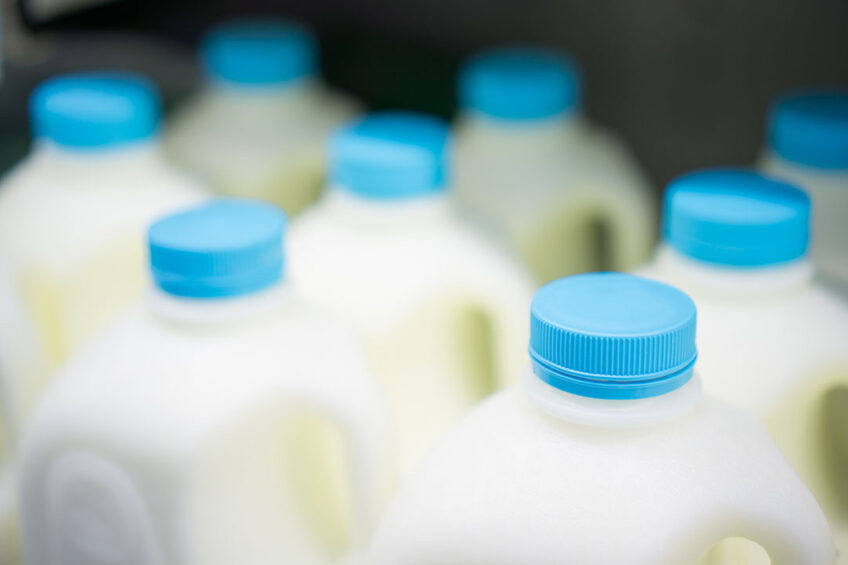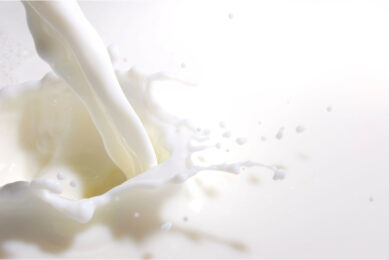Making milk ‘cool’ again

In developed markets, demand for milk has fallen at a compound growth rate of 2% in North America and 3% in Western Europe in the past decade, reveals a Rabobank report. Has milk simply failed to reinvent itself?
According to Tom Bailey, senior analyst and author of the Rabobank’s RaboResearch report “Making Milk Cool Again”, which was released in August, despite its declining popularity in the US, milk remains a pivotal product for retailers as grocery shoppers who purchase milk tend to buy significantly more groceries in general than those who don’t. The global retail fluid milk market was, in 2018, valued at US$135 billion, according to Euromonitor, growing in US dollar terms at only 1.7% compound annual growth rate (CAGR) for the past 10 years. Meanwhile, in Asia Pacific, milk has enjoyed a 7% CAGR where consumers view milk as an affordable source of nutrition.

The report highlights factors that have reduced milk margins, including retailer price wars, high rates of private label sales, and growing competition from new dairy-based as well as non-dairy-based milks. Added together, this makes it tough for companies to justify investments in marketing and innovation. New plants are being built with differentiating qualities, including increasing ultra-filtration and extended shelf-life (ESL).
In developing markets opportunities exist for ultra high temperature (UHT) milks, and in developed markets for premium, differentiated milks earmarked with sustainability and quality.
Since early 2000, value-added fluid milk products with differentiating attributes, such as enhanced protein and lactose-free, as well as differentiating production styles, such as organic and pasture milks, have gradually become more popular, according to the report. This category has seen a rise in global retail sales value of CAGR 7.2% from 2008 to 2018 compared to 0.01% for other fresh milks.

Click here to zoom in on the image for a larger format.
Packaging and shelf-life attributes found in UHT and ESL milks have contributed to growth in developing markets, and healthier margins in developed markets. UHT and ESL milks currently account for one-third of all global milk sales. Global retail demand for conventional UHT and ESL milks has risen 2% per year over the past 10 years, mostly driven by demand, particularly in developing markets where UHT milk is the dominant offering.
In the report, Mr Bailey states that opportunities for the milk sector lie in addressing consumer demands for health and wellness, offering milks produced under various production systems that address animal welfare and sustainability concerns, and with packaging and shelf-life formats that provide functionality and convenience.
Join 13,000+ subscribers
Subscribe to our newsletter to stay updated about all the need-to-know content in the dairy sector, two times a week.










